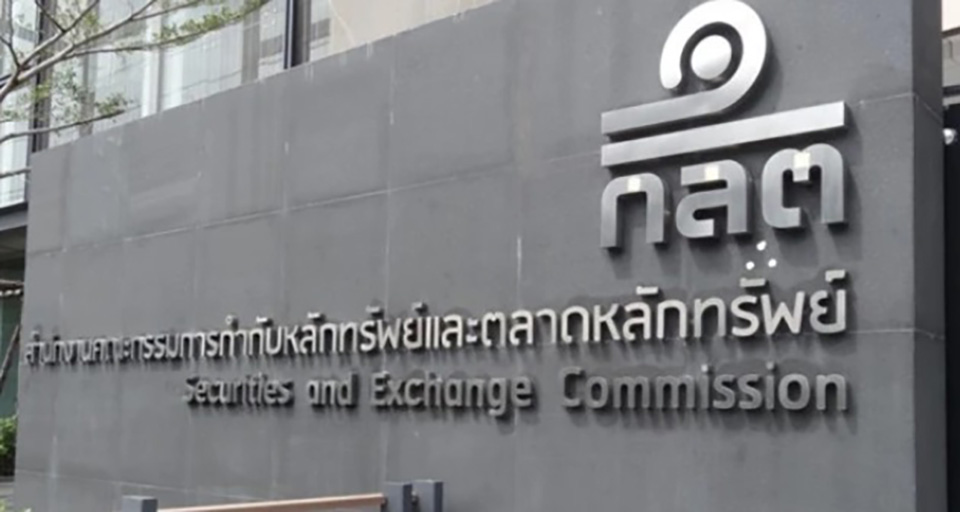
BANGKOK, Thailand – The Securities and Exchange Commission (SEC) has revised its regulations concerning the use of digital assets as a medium of payment for goods and services (Means of Payment: MOP). The new regulations, which take effect on September 6, 2024, expand the scope to cover all types of digital asset operators currently active in the market. Additionally, the SEC has updated the criteria to allow digital asset businesses under its supervision to participate in the Bank of Thailand’s (BOT) Programmable Payment Sandbox, promoting innovation in digital financial services.
The SEC conducted a public consultation in July 2024, inviting stakeholders to provide feedback on proposed changes to the regulations governing digital asset businesses. These changes aim to ensure that digital asset services are not used as MOP and extend the regulations to include all digital asset businesses, including the emerging sector of Digital Asset Custodial Wallet Providers. The majority of respondents supported the proposed amendments.
Key points of the SEC’s new regulations include:
- Expansion of Scope: The regulations now apply to all digital asset operators, including Digital Asset Custodial Wallet Providers, ensuring they do not engage in activities resembling MOP.
- Participation in BOT Sandbox: Digital asset businesses approved by the BOT can now participate in the Programmable Payment Sandbox. This allows these businesses to engage in MOP-related activities under controlled testing conditions.
- Updated Cryptocurrency List: The SEC has updated the list of cryptocurrencies approved for use in digital token sales and other digital asset transactions, aligning with the needs of the Programmable Payment Sandbox.
These updates aim to foster the development of digital financial innovations while maintaining robust oversight of digital asset transactions.








